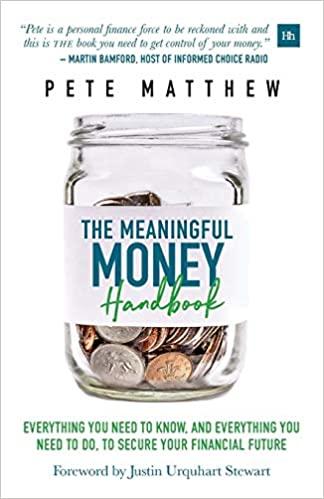Answered step by step
Verified Expert Solution
Question
1 Approved Answer
Keith Clarkson, sole owner and president of the Clarkson Lumber Company, has received a number of informal inquiries from large, nationally-recognized building materials distributors about


 Keith Clarkson, sole owner and president of the Clarkson Lumber Company, has received a number of informal inquiries from large, nationally-recognized building materials distributors about purchasing his company. Although, Clarkson relishes operating his own business he would be interested if an attractive offer were received. Unfortunately, Mr. Clarkson is unsure how much his company is worth so he turns to you for guidance. Value Clarkson Lumber at December 31,19951 assuming the firm will obtain a credit line at Northrup National Bank sufficiently large to take advantage of discounts on purchases for paying within 10 days of invoice, thus increasing operating profit margins. With higher mark-ups and continued operating expense controls, Clarkson projects a steady operating profit margin of 6% by 2000 after which he expects the sales growth rate to drop to a fairly steady 7% per year. Margins and investment requirements will also stabilize in relation to sales growth. Make your forecasts using the "Projection Assumptions" in the table below. The discount rate is 12.5%. Note that the forecast ratios already include the benefit of the 2% trade discounts. For simplicity, use a tax rate of 35% throughout the projections, i.e., disregard the tax schedule in note (c) to Exhibit 1. All notes payable on Clarkson's balance sheet are interest-bearing liabilities. Make whatever other reasonable assumptions are necessary to complete your analysis and explain the rationale for each. Ratio Definitions: OPM (Operating Profit Margin): EBIT/Sales AR DOH (Accounts Receivable Days on Hand): AR/ Daily Sales Inv DOH (Inventory Days on Hand): Inventory/ Daily COGS NFATO (Net Fixed Asset Turnover): Sales/PPE(net) AP DOH (Accounts Payable Days on Hand): AP/Daily Purchases Assignment Questions 1. Project free cash flows for the next five years, 1996-2000 and estimate the residual value at the end of year 5 using the perpetuity with growth formula. To project cash flows beyond 2000 , use the 7% sales growth rate and assume all other FCF components will maintain the same ratios you used for the year of 2000
Keith Clarkson, sole owner and president of the Clarkson Lumber Company, has received a number of informal inquiries from large, nationally-recognized building materials distributors about purchasing his company. Although, Clarkson relishes operating his own business he would be interested if an attractive offer were received. Unfortunately, Mr. Clarkson is unsure how much his company is worth so he turns to you for guidance. Value Clarkson Lumber at December 31,19951 assuming the firm will obtain a credit line at Northrup National Bank sufficiently large to take advantage of discounts on purchases for paying within 10 days of invoice, thus increasing operating profit margins. With higher mark-ups and continued operating expense controls, Clarkson projects a steady operating profit margin of 6% by 2000 after which he expects the sales growth rate to drop to a fairly steady 7% per year. Margins and investment requirements will also stabilize in relation to sales growth. Make your forecasts using the "Projection Assumptions" in the table below. The discount rate is 12.5%. Note that the forecast ratios already include the benefit of the 2% trade discounts. For simplicity, use a tax rate of 35% throughout the projections, i.e., disregard the tax schedule in note (c) to Exhibit 1. All notes payable on Clarkson's balance sheet are interest-bearing liabilities. Make whatever other reasonable assumptions are necessary to complete your analysis and explain the rationale for each. Ratio Definitions: OPM (Operating Profit Margin): EBIT/Sales AR DOH (Accounts Receivable Days on Hand): AR/ Daily Sales Inv DOH (Inventory Days on Hand): Inventory/ Daily COGS NFATO (Net Fixed Asset Turnover): Sales/PPE(net) AP DOH (Accounts Payable Days on Hand): AP/Daily Purchases Assignment Questions 1. Project free cash flows for the next five years, 1996-2000 and estimate the residual value at the end of year 5 using the perpetuity with growth formula. To project cash flows beyond 2000 , use the 7% sales growth rate and assume all other FCF components will maintain the same ratios you used for the year of 2000 Step by Step Solution
There are 3 Steps involved in it
Step: 1

Get Instant Access to Expert-Tailored Solutions
See step-by-step solutions with expert insights and AI powered tools for academic success
Step: 2

Step: 3

Ace Your Homework with AI
Get the answers you need in no time with our AI-driven, step-by-step assistance
Get Started


